- No products in the cart.
Azitroks caps. 500mg 3 pcs
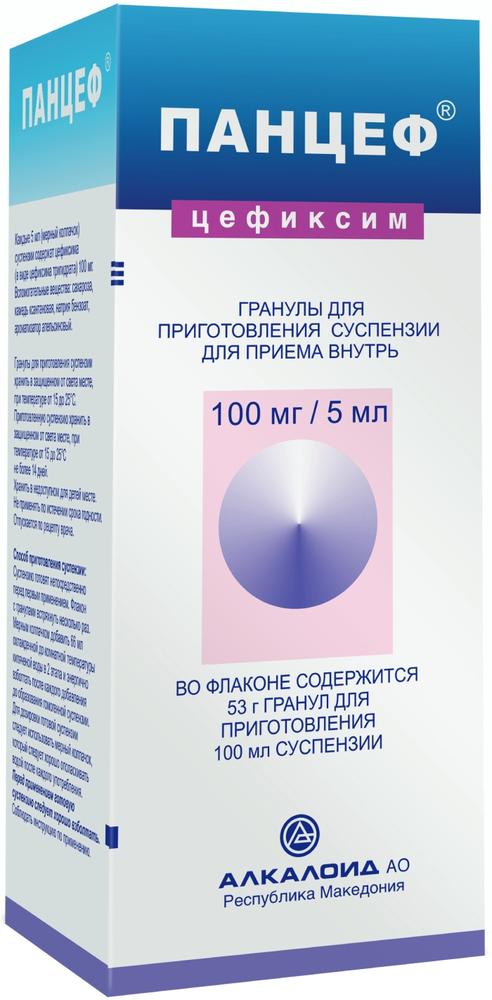
Pantsef prig.suspenzii granules for oral 53g 100mg / 5ml 100ml alkaloid
$14.93
Chloramphenicol 250mg tab 10 pc
$0.52
$7.19
Azitroks caps. 500mg 3 pcs
SKU: 245036478 Categories: Antibiotics, Antibiotics, antimicrobial, antiparasitic, Medicaments Tags: azithromycin, OTISIFARM
Description
Composition
Active substance:
1 capsule contains: Azithromycin dihydrate (based on azithromycin) – 500 mg.
Excipients:
Mannitol (mannitol), corn starch, magnesium stearate, sodium lauryl sulfate.
Capsules Composition: body and lid: titanium dioxide (E 171), quinoline yellow dye (E 104), coloring agent sunset yellow (E110), gelatin medical.
Description:
Hard gelatin capsules number 00, body – white cover – yellow. Contents of capsules – powder white or white with a yellowish tinge.
Product form:
Capsules 500 mg.
2, 3, 6 or 10 capsules in blisters. 1, 2, 6 or 12 contour of cellular packages with instructions for use in a stack of cardboard.
Contraindications
Hypersensitivity to azithromycin, other macrolides (including erythromycin ketolides), components of the drug; severe liver failure: more than 9 points on a scale Child-Pugh (no efficacy and safety data); severe renal insufficiency: creatinine clearance (CC) of less than 40 ml / min (no efficacy and safety data); Children under 12 years of age with a body weight less than 45 kg (for a given dosage form); concomitant use of ergotamine and dihydroergotamine.
Carefully
In human liver mild-moderate; impaired renal mild to moderate severity function (CC 40 ml / min); patients with presence proaritmogennoe factors (especially in the elderly): with congenital or acquired elongation interval QT; in patients receiving antiarrhythmic drug therapy class IA (quinidine, procainamide), III (dofetilide, amiodarone and sotalol), cisapride, terfenadine, antipsychotics (pimozide), antidepressants (citalopram), fluoroquinolones (moxifloxacin and levofloxacin), impaired with water and electrolyte balance especially in the case of hypokalemia or hypomagnesemia, with clinically significant bradycardia, severe arrhythmia or heart failure; the simultaneous use of warfarin, digoxin, cyclosporin; myasthenia; during pregnancy.
Dosage
500 mg
Indications
Infectious and inflammatory diseases caused by susceptible to azitromitsi-well micro-organisms, including: upper respiratory and ENT, including pharyngitis / tonsillitis, sinusitis, otitis media; lower respiratory tract, including acute bronchitis, acute exacerbations of chronic bronchitis and community-acquired pneumonia; urinary tract infections caused by Chlamydia trachomatis (urethritis, cervicitis); skin and soft tissue infections (acne vulgaris (acne) moderate, erysipelas, impetigo, secondarily infected dermatoses); Lyme disease – the initial stage (erythema migrans – erythema migrans) ;.
Interaction with other drugs
Antacids (aluminum and magnesium-containing) does not affect the bioavailability of azithromycin, but decreased its maximum concentration in the blood at 30%, so the interval between their intake should be at least 1 hour before or 2 hours after administration of these drugs.
Together with the admission derivatives ergotamine and dihydroergotamine may enhance their toxic action (vasospasm, dysesthesia).
When combined with anticoagulants indirect coumarin (warfarin) and azithromycin (in normal doses) patients requires careful monitoring of the prothrombin time.
Care must be taken with co-administration of terfenadine and azithromycin, since it has been found that simultaneous reception of terfenadine and macrolides can cause arrhythmia and QT interval elongation. On this basis, we can not exclude the above-mentioned complications during coadministration of terfenadine and azithromycin.
With simultaneous use of azithromycin and cyclosporin dose correction needed cyclosporin. When co-administered azithromycin and digoxin is necessary to control the concentration of digoxin in the blood, as many macrolides increase the absorption of digoxin in the gut. The simultaneous use of azithromycin (1200 mg) and nelfinavir (750 mg 3 times a day) causes an increase of the equilibrium concentration of azithromycin in plasma, clinically significant side effects were observed and correction dose of azithromycin when applied simultaneously with nelfinavir not required. When co-administered azithromycin and zidovudine, azithromycin had little effect on the pharmacokinetics, including renal excretion, zidovudine or its glucuronide metabolite; azithromycin weakly interacts with the cytochrome P450 isoenzymes, it is not revealed that azithromycin is involved in pharmacological interactions analogous to erythromycin and other macrolides, azithromycin is not an inducer and an inhibitor of cytochrome P450 isoenzymes. At the same time taking azithromycin and rifabutin in rare cases may develop neutropenia, developing a mechanism which, as well as the existence of a causal connection with the admission of the drug have not been established.
Azithromycin concentration does not affect carbamazepine, cimetidine, didanosine, efavirenz, fluconazole, indinavir, midazolam, theophylline, triazolam, trimethoprim / sulfamethoxazole, cetirizine, sildenafil, atorvastatin, rifabutin and blood, while the application of methylprednisolone.
some were reported cases of rhabdomyolysis in patients receiving both azithromycin and statins.
Overdose
When receiving high doses increased side effects can be observed: temporary hearing loss, severe nausea, vomiting, and diarrhea. In this case shown gastric lavage, appointment of activated carbon, symptomatic therapy.
pharmachologic effect
Pharmacological group:
Antibiotic-azalide.
Pharmacodynamics:
Broad-spectrum antibiotic. It is a representative subgroup of macrolide antibiotics – azalides. Communicating with the 50S ribosomal subunit, inhibits peptidtranslokazu step of broadcasting, inhibits protein synthesis, inhibits the growth and reproduction of bacteria, acts bacteriostatically, at higher concentrations it has a bactericidal effect. It acts on the extra- and intracellular pathogens.
It is active against gram-positive aerobic microorganisms: Streptococcus spp. (Groups A, B, C, G), Streptococcus pneumoniae (penitsillinchuvstvitelny), Streptococcus pyogenes, Staphylococcus aureus (metitsillinchuvstvitelny); Gram-negative aerobic organisms: Haemophilus influenzae, Haemophilus parainfluenzae, Moraxella catarrhalis, Legionella pneumophila, Neisseria gonorrhoeae, Pasteurella multocida; Some anaerobes: Prevotella spp, Clostridium perfringens, Fusobacterium spp, Porphyriomonas spp .;.. and Chlamydia trachomatis, Chlamydia pneumoniae, Chlamydia psittaci, Mycoplasma pneumoniae, Mycoplasma hominis, Borrelia burgdorferi.
Microorganisms capable of developing resistance to azithromycin: Gram-positive aerobes (Streptococcus pneumoniae (penitsillinustoychivy)). Initially resistant microorganisms: Gram-positive aerobes (. Enterococcus faecalis, Staphylococcus spp (methicillin-resistant staphylococci exhibit a very high degree of resistance to macrolide), Gram-positive bacteria resistant to erythromycin); anaerobes (Bacteroides fragilis.
Pharmacokinetics:
Azithromycin is rapidly absorbed from the gastrointestinal tract, due to its stability in an acidic medium and lipophilicity. After oral administration of 500 mg of azithromycin maximum concentration in plasma is achieved in 2.5 – 3.0 hours and 0.4 mg / l. Bioavailability is 37%.
Azithromycin well into the respiratory tract, organs and tissues of the urogenital tract (in particular in the prostate gland), in skin and soft tissue. The high concentration in tissues (10-50 times higher than in blood plasma) and a long half-life of azithromycin due to low binding to plasma proteins as well as its ability to penetrate into eukaryotic cells and concentrated in a low pH environment surrounding the lysosomes. This, in turn, defines a large apparent volume of distribution (31.1 l / kg) and high plasma clearance. The ability of azithromycin accumulate mainly in lysosomes is particularly important for the elimination of intracellular pathogens. It is shown that phagocytes deliver azithromycin localization of infection in places where it is released in the process of phagocytosis. The concentration of azithromycin in the foci of infection was significantly higher than in healthy tissue (on average 24-34%) and correlated with the degree of inflammatory edema. Despite the high concentration in phagocytes, azithromycin did not significantly affect their function. Azithromycin remains in bactericidal concentrations of inflammation within 5-7 days after the last dose, which allowed the development of short (3-day and 5-day) courses of treatment.
In the liver demetiliruetsa formed metabolites are inactive.
Excretion of azithromycin from plasma takes place in 2 stages: half-life of 14-20 hours in the range of from 8 to 24 hours after drug administration and 41 hours – in the range from 24 to 72 hours, which allows the use of drug 1 time per day.
Azithromycin is derived mainly as unchanged – 50% intestines, kidneys 12%.
Pregnancy and breast-feeding
Use of the drug during pregnancy is possible only when the intended benefits for a mother than the potential risk to the fetus.
Case reports and observational studies have shown that the use of azithromycin during pregnancy does not increase the incidence of adverse pregnancy outcomes and is not associated with the occurrence of any specific malformations in the baby.
WHO recommends azithromycin as the drug of choice in the treatment of chlamydial infection in pregnant women.
If necessary, the appointment during lactation should stop breastfeeding.
Conditions of supply of pharmacies
On prescription.
side effects
Most celebrated of adverse reactions are reversible after treatment or discontinuation of the drug.
Classification incidence of side effects (WHO): very often (with a frequency of more than 1/10), often (with a frequency not less than 1/100 but less than 1.10), infrequently (at a frequency of not less than 1/1000 and less than 1 / 100), rare (with a frequency of not less than 1/10000 and less than 1/1000), very rare (with a frequency of less than 1/10000), including isolated reports.
On the part of the system of the circulatory and lymphatic systems: common – lymphocytopenia, eosinophilia; rarely – leukopenia, neutropenia; very rarely – thrombocytopenia, hemolytic anemia.
Central nervous system: often – dizziness, headache, paresthesia, impaired perception of taste, anorexia; rare – anxiety, nervousness, gipostezii, insomnia, somnolence; seldom – agitation, delirium, hallucinations; very rarely – fainting, seizures, psychomotor hyperactivity, aggression, anosmia, loss of taste, perversion of the sense of smell, the aggravation of myasthenia gravis.
From the sensory organs: rarely – hearing disorder, vertigo, blurred vision; unknown frequency – hearing impairment, including deafness and / or tinnitus.
The respiratory system n ENT: rarely – shortness of breath, nasal bleeding. Cardio-vascular system: rarely – palpitations; “Tides” of blood to the face; very rarely – lowering blood pressure, arrhythmia, ventricular tachycardia, increased QT interval, arrhythmia type “pirouette”.
Infectious diseases: infrequently – rhinitis, respiratory disease, pharyngitis, pneumonia, candidiasis, including oral and genital mucosa gastroenteritis.
From the digestive system: very often – nausea, diarrhea, abdominal pain, flatulence (bloating), often – vomiting; infrequently – dryness of the oral mucosa, ulceration of the oral mucosa, increased secretion of the salivary glands, belching, gastritis, dnsfagiya, constipation; very rarely – to change the language of color, pseudomembranous colitis, pancreatitis.
Of the liver and biliary tract: rarely – hepatitis, hyperbilirubinemia, increased activity of “liver” transaminases; very rarely – cholestatic jaundice, hepatic failure (in rare cases with fatal outcome, mainly on the background of abnormal liver function), fulminant hepatitis, liver necrosis.
Allergic reactions: often – itching, rash; infrequently – Stevens-Johnson syndrome, photosensitivity, urticaria; very rarely – anaphylactic reactions (including angionevrotichesny swelling) rarely fatal, toksnchesky epidermal necrolysis, erythema multiforme.
Skin and subcutaneous tissue disorders: dermatitis, dry skin, sweating.
On the part of the musculoskeletal system: often – arthralgia; infrequently – osteoarthritis, myalgia, back pain, pain in the neck.
From the urinary system: infrequently – increasing residual urea nitrogen and creatinine concentration in blood plasma, dysuria, pain in the kidney; very rarely – interstitial nephritis, acute renal failure.
On the part of genitals and mammary gland: Infrequent – metrorrhagia, impaired testicular function.
Other: often – weakness; infrequently – chest pain, peripheral edema, fatigue (malaise, fatigue), fever, swelling of the face.
Laboratory data: often, increasing the number of basophils, monocytes, neutrophils, decreased bicarbonate concentration in the blood plasma; infrequently – increase of alkaline phosphatase activity, increased chlorine content, increasing the glucose concentration, increasing bicarbonate concentration in the blood plasma, increasing the number of platelets, increased hematocrit variation of sodium and potassium in the blood plasma.
On the occurrence of any side effect should be reported to your doctor.
special instructions
In case of missing a single dose of the drug missed dose should be taken as early as possible, and subsequent -., At intervals of 24 hours Azithromycin should be a minimum of 1 hour before or 2 hours after taking antacid drugs.
Azithromycin should be used with caution in patients with impaired liver function mild to moderate severity. If symptoms of liver disease (rapidly growing fatigue, jaundice, dark urine color, a tendency to bleeding, hepatic encephalopathy) azithromycin therapy should be discontinued and a study of the functional state of the liver.
Azithromycin should be used with caution in patients with impaired renal function mild to moderate severity. Contraindicated with concomitant use of azithromycin derivatives ergotamine and dihydroergotamine because of the possible development of ergotism.
In applying the drug, both in patients receiving and 2-3 weeks after cessation of treatment may develop diarrhea caused by Clostridium difficile (pseudomembranous colitis). In mild cases enough discontinuation of treatment and use of ion exchange resins (colestyramine, colestipol), in severe cases shown compensation fluid loss, electrolytes, protein, vancomycin, metronidazole or bacitracin. Administration of drugs that inhibit intestinal peristalsis, are contraindicated.
Since it is possible QT prolongation in patients treated with macrolides, including azithromycin, when azithromycin Caution should be exercised in patients with known risk factors for prolongation of the QT interval: older age; electrolyte imbalance (hypokalemia, hypomagnesemia); congenital syndrome interval lengthening QT; heart disease (heart failure, myocardial infarction, bradycardia); simultaneous reception of drugs capable to lengthen the interval QT (including antiarrhythmics IA and Class III, tricyclic and tetracyclic antidepressants, neuroleptics, fluoroquinolones).
Azithromycin can trigger the development of myasthenic syndrome or aggravate myasthenia gravis.
The effect on the ability to operate vehicles, machinery
In the event of adverse reactions from the central nervous system, patients are advised to refrain from road management and other activities potentially hazardous activities that require high concentration of attention, psychomotor speed and motor responses.
Storage conditions
Store at a temperature not higher than 25 ° C. Keep out of the reach of children.
Dosing and Administration
Inside for 1 hour before or 2 hours after eating 1 time per day.
Adults with infections of the upper and lower respiratory tract, upper respiratory tract, skin and soft tissue (except for the initial stage of Lyme disease (erythema migrans) and acne of moderate severity) – 500 mg per day for one reception for 3 days (a course dose – 1.5 g).
At the initial stage of Lyme disease (erythema migrans) – 1000 mg (2 capsules) per day on the first day in one portion, followed by 500 mg a day every 2 to 5 days (a course dose – 3 g).
When indication of acne vulgaris (acne) average severity of 1, 2 and 3 days of treatment take 500 mg 1 time per day, then take a break from the fourth to the seventh day from the eighth day of treatment take 500 mg 1 time per week for 9 weeks (course dose – 6 g).
For infections of the urogenital tract (urethritis, cervicitis) for the treatment of uncomplicated urethritis and cervicitis caused by Chlamydia trachomatis, taken singly 1000 mg (2 capsules).
Children weighing more than 45 kg in infections of the upper and lower respiratory tract infections, upper respiratory tract, skin and soft tissue – 500 mg per day for one reception for 3 days; in the treatment of early stage Lyme disease (erythema migrans) – 1000 mg (2 capsules) for the first day and 500 mg daily from 2 to 5 days (a course dose – 3 g).
Patients with impaired renal function. For patients with mild renal impairment and moderate dose correction function is not required.
Patients with impaired liver function. When applied in patients with impaired liver function and light-moderate dose adjustment is required.
Elderly patients.
When used in elderly patients No dose adjustment is required.
Information
Appearance may differ from that depicted in the picture. There are contraindications. You need to read the manual or consult with a specialist
Additional information
| Weight | 0.100 kg |
|---|---|
| Manufacturer | OTISIFARM |

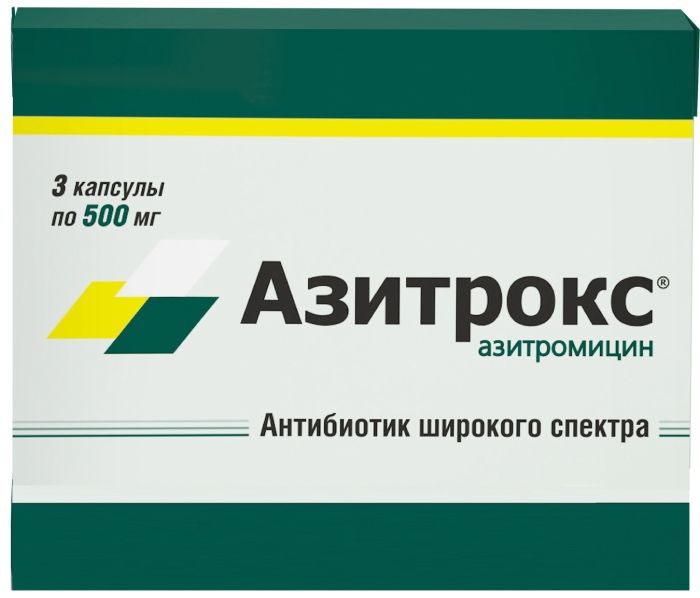
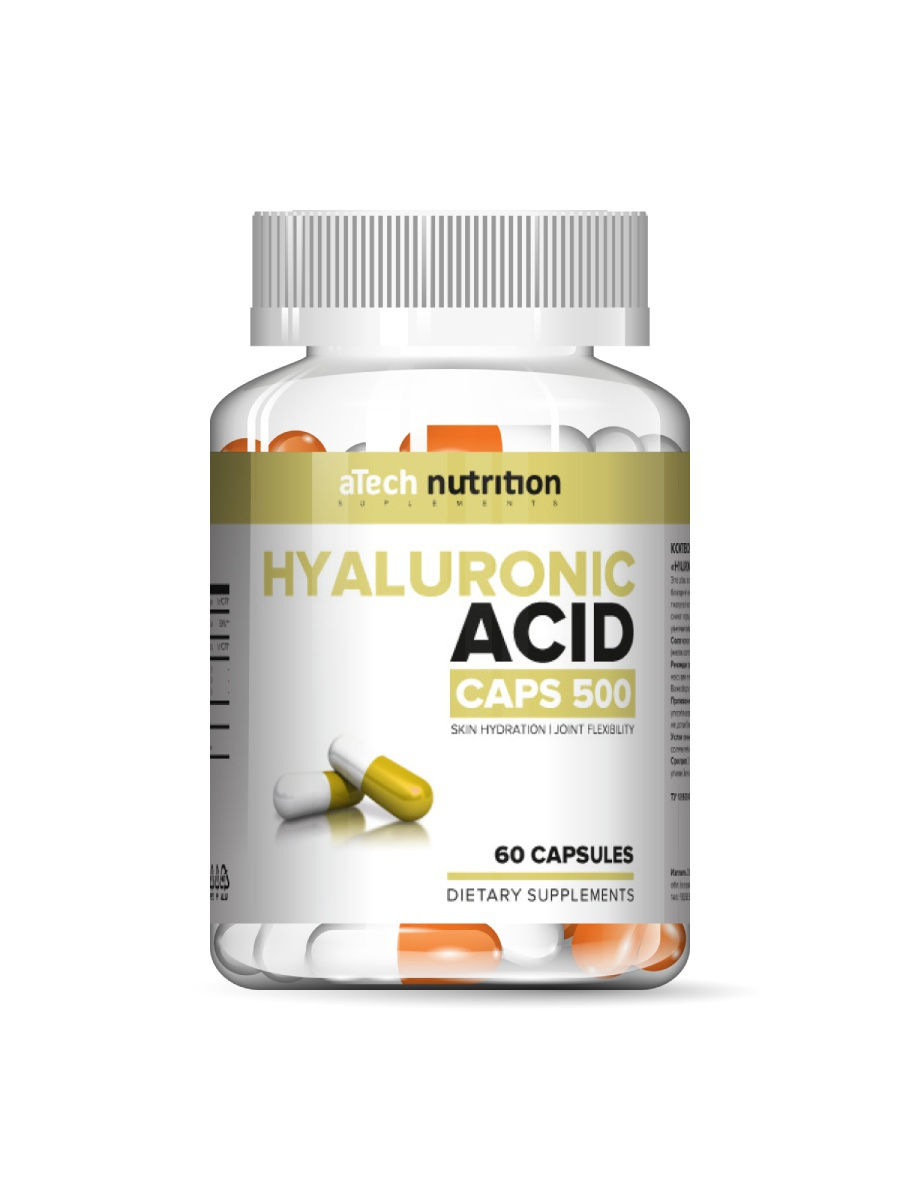

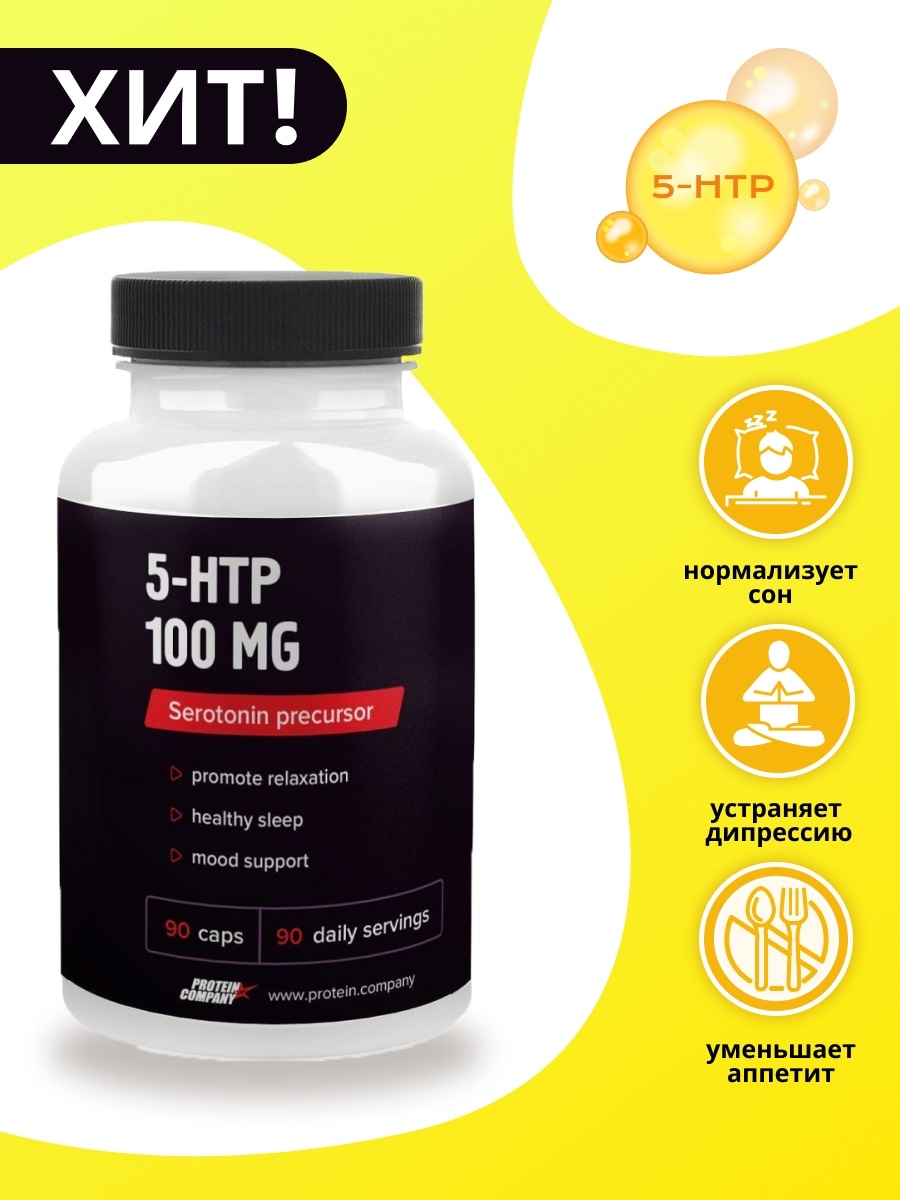

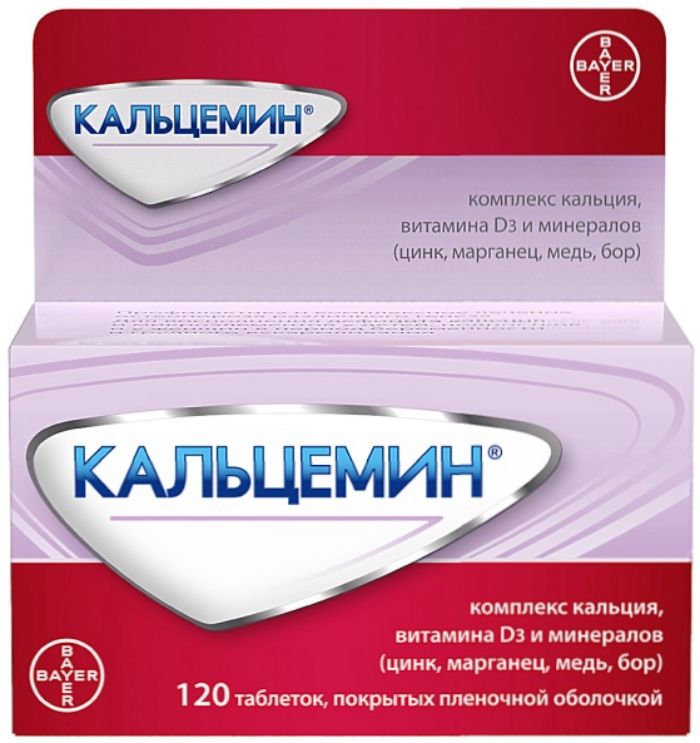





There are no reviews yet.